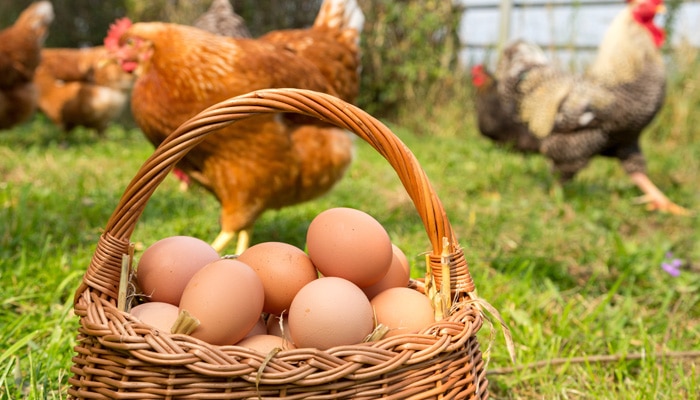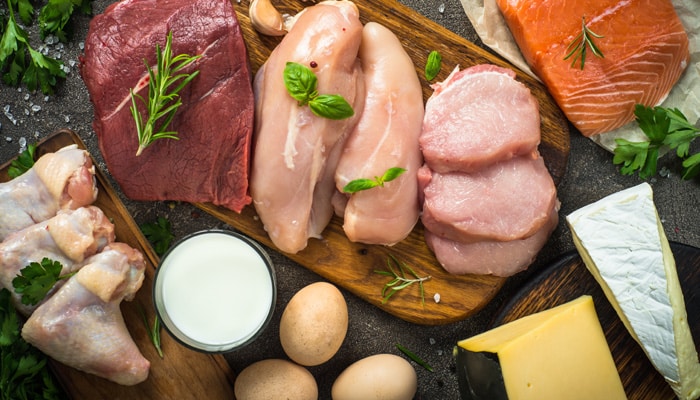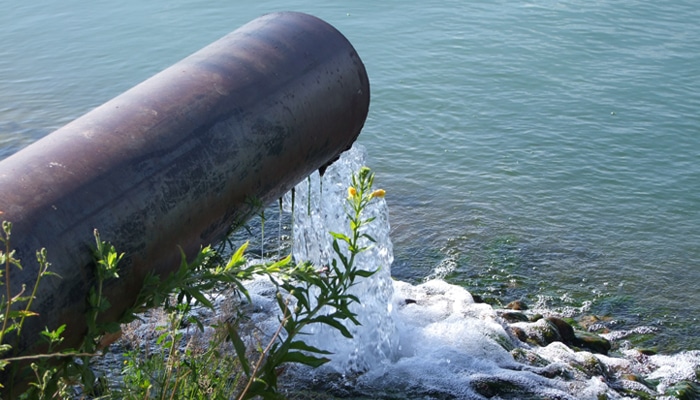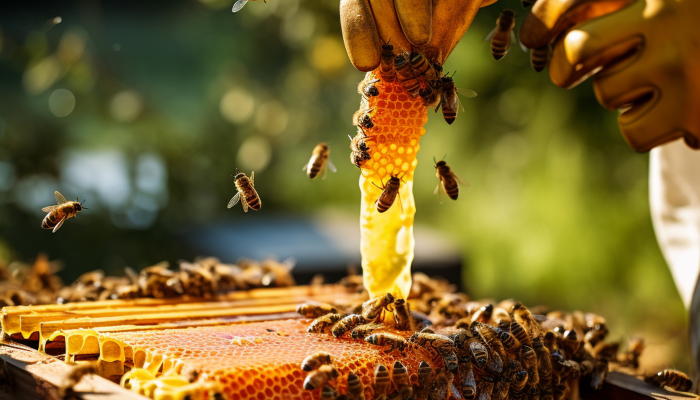

Phytocontrol assists you in the detection and quantification of perfluoroalkyl substances (PFAS) in food products and all types of water.
Always at the forefront of innovation, our R&D team has developed rapid and reliable methods for the analysis of PFAS. We are thus able to meet the regulatory requirements for the 4 PFAS in food (eggs, fish products and meat), the 20 PFAS in human drinking water, the 7 PFAS in fresh water and the PFOS in waste water.
The perfluorinated compounds concerned by the regulations are the following: PFOS, PFOA, PFHxS, PFNA, PFBS, PFPeS, PFHpS, PFNS, PFDS, PFUdS, PFDoS, PFTrDS, PFBA, PFPeA, PFHxA, PFHpA, PFDA, PFUdA, PFDoA, PFTrDA
Eternal pollutants toxic to health and the environment
For 80 years, manufacturers have used perfluorinated and polyfluorinated compounds for their non-stick, waterproof, stain-resistant and heat-resistant properties. These molecules can be found everywhere: textiles, food packaging, cosmetics, plant protection products, kitchen utensils, varnishes and many other products.
PFASs have very stable carbon-fluorine bonds, which results in very low degradation and increased presence in the environment, hence the nickname "eternal pollutant".
PFAS are not destroyed in the human body and bioaccumulate, increasing health risks: high cholesterol, increased risk of breast, kidney and testicular cancer, disruption of liver function, hypothyroidism, risk of miscarriage, fertility problems, weakening of the immune system, etc.
Humans can be exposed to these contaminants through skin infection, inhalation or even ingestion of risky foods such as meat, eggs, fish, foods in contact with packaging, water for human consumption, etc.
Phytocontrol complies with the regulations and assists you in controlling the PFAS risk
For foodstuffs, Regulation (EU) 2022/2388 amending Regulation 1881/2006 introduced maximum levels for PFAS in eggs, fishery products and meat. The performance criteria for the analysis are laid down in Regulation (EU) 2022/1428.
Therefore, the European Commission has published Recommendation (EU) 2022/1431 on the monitoring of PFAS in: fruit and vegetables, roots and tubers, seaweed, cereals, oilseeds, babyfood, food of animal origin, non-alcoholic beverages, wine and beer. Guideline values have been established in some commodities. These values should not prejudice the possibility of placing on the market, but investigations should be carried out in case of exceedance.


For water, Directive (EU) 2020/2184 on the quality of water intended for human consumption sets a parametric value for :
- Total PFAS = 0.50 μg/L (total per- and polyfluorinated alkyl substances).
- The sum of PFAS = 0.10 μg/L (sum of 20 per- and polyfluorinated alkyl substances of concern listed in Annex III part B point 3 of the Directive).
This directive has been transposed into French law. Since 1 January 2023, limits for the sum of the 20 PFAS have been set at 0.1 µg/L in the EDCH and 2 µg/L in raw water of any origin (decree of 30/12/22 modifying the decree of 11/01/07). Monitoring of this parameter will be mandatory from 1 January 2026 in health control programs.
According to the notice relating to the limits of quantification of "parameter-matrix" pairs of the approval of laboratories performing analyses in the field of water and aquatic environments (version of 19/10/19), a QL of 0.002 μg/L is set for 7 PFAS in fresh waters (PFHxA, PFHpA, PFOA, PFDA, PFHxS, PFOS, PFDS).
Finally, the environmental QL for wastewater was set at 0.05μg/L for PFOS.
With its expertise in organic contaminants in water and food, our Phytocontrol laboratory meets the regulations and offers you the analysis of 17 PFAS in foodstuffs and 25 perfluorinated compounds in fresh, raw, atypical (carbonated and highly mineralised) and waste water.
Need technical, regulatory and pricing information? Our customer service is available from 8am to 7pm, Monday to Friday.
And if you don't want to miss any of the Phytocontrol news, join us on our LinkedIn page.
Est-ce que l'article vous a été utile?
Note moyenne 0 / 5. Nombre de votes : 0
Aucun vote pour l'instant ! Soyez le premier à évaluer cet article.




